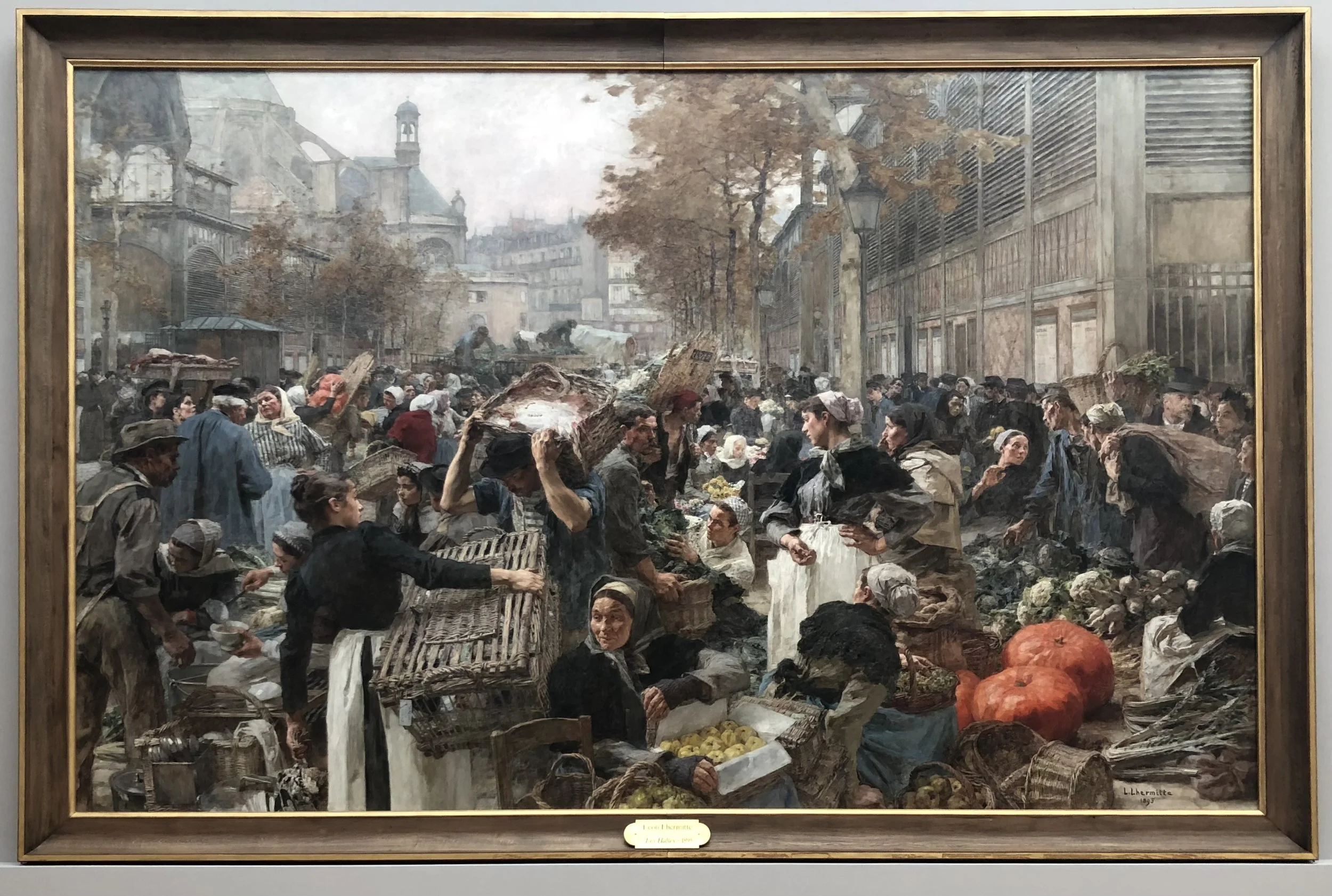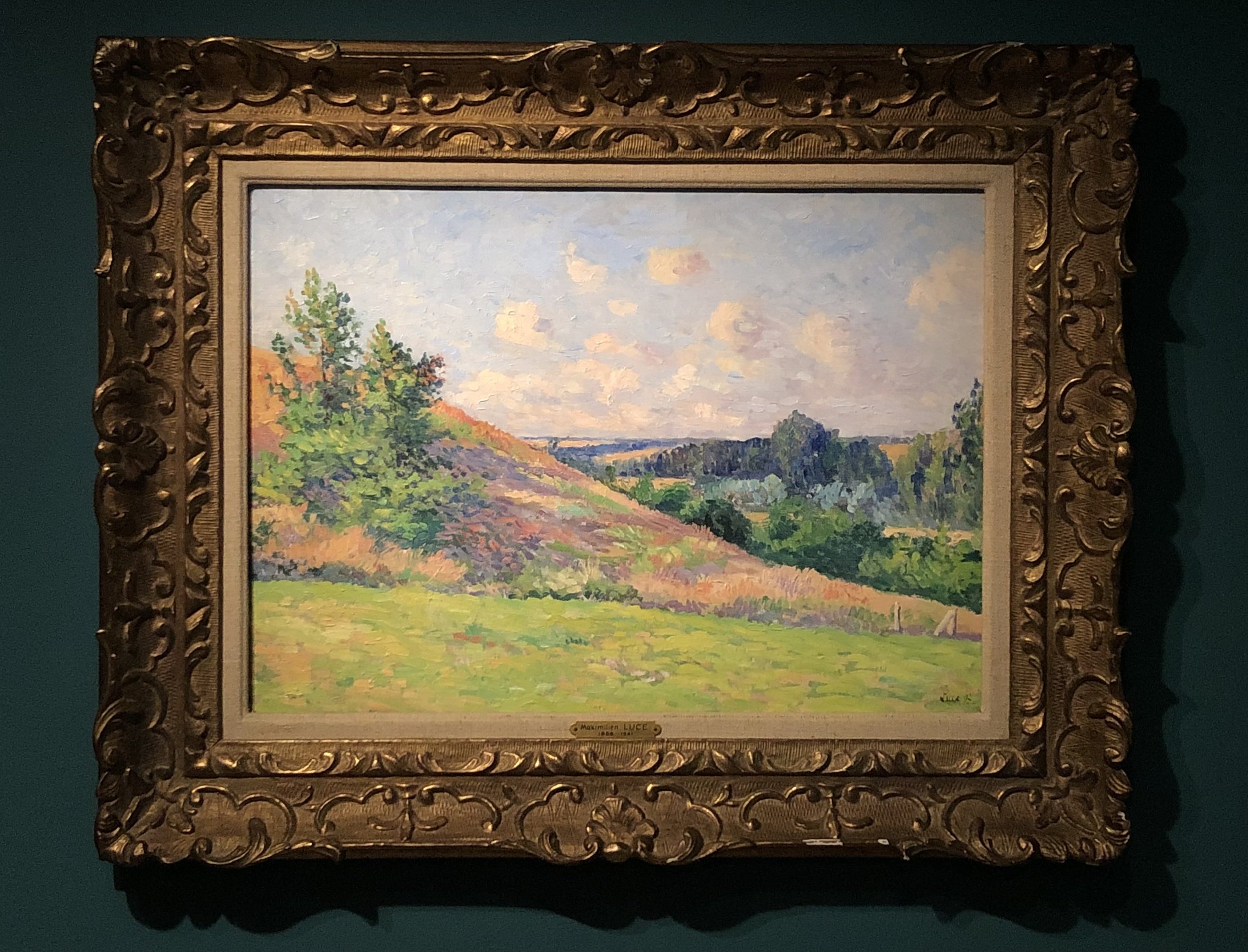
Paper or Plastic?
Earlier this year, I attended Paris Packaging Week, a name that sounds fancy but is a little misleading. It suggests a week of varied events – a gift-wrapping championship, perhaps, or a presentation on new shrink-wrap styles – when in fact it’s a two-day trade show filled with booths from manufacturers and distributors. "Packaging Week" is a bit of an overstatement.
Still, I went for one clear reason: to discover innovative new ways to package coffee.
I arrived straight from the metro with high hopes, grabbed my badge, and began winding through the aisles. My mission was to scan for keywords: “Made in France”, “recyclable”, “compostable”, “circular economy”, “food grade”. I was searching for an undiscovered El Dorado of thoughtful packaging, hoping to find a product that met our needs or, at the very least, to spark some new ideas.

Lay of the Land
For those unfamiliar with Paris—or with how the city fits into the wider map of France—it helps to know about our layered public transit system, which is constantly being remodeled and expanded. The three main layers of rail travel here are the Paris Metro, the TER, and the TGV.
The Metro is without question the most iconic. Just saying the name conjures images of white-tiled tunnels with arched ads, and well-worn subway cars rattling through the dark while the Eiffel Tower’s spotlight swings its nightly arc over the city, keeping watch.
But the layer I want to focus on here is the TER—Transport Express Régional…

Mixing It Up
Blending remains taboo in specialty coffee.
Say the word and you can feel the room stiffen—how dare you muddy a prized geisha with something else? For years, we've celebrated purity: single origins, single varietals, singular stories. But as I cup hundreds of coffees each season, I find myself wondering... what if we’ve misunderstood the true potential of the cup? What if we stopped treating coffee like a solo act—and started treating it like a canvas?

Concept
Let’s explore this concept in more detail. Specialty coffee in the french countryside, in a converted outbuilding, and what this will allow us to do. Things which in today’s typical café are just not realistically possible.
Key topics will be client experience, waste, and product creation and transformation.